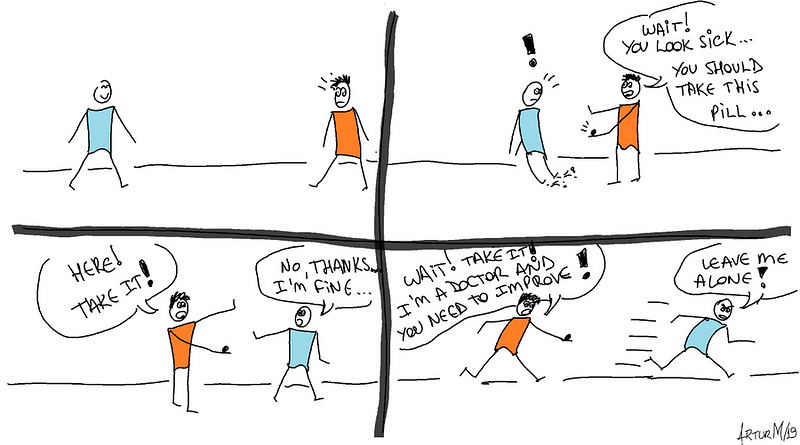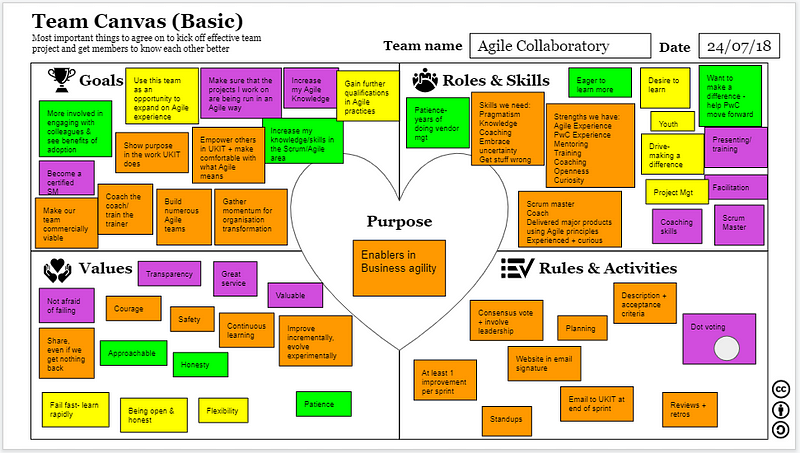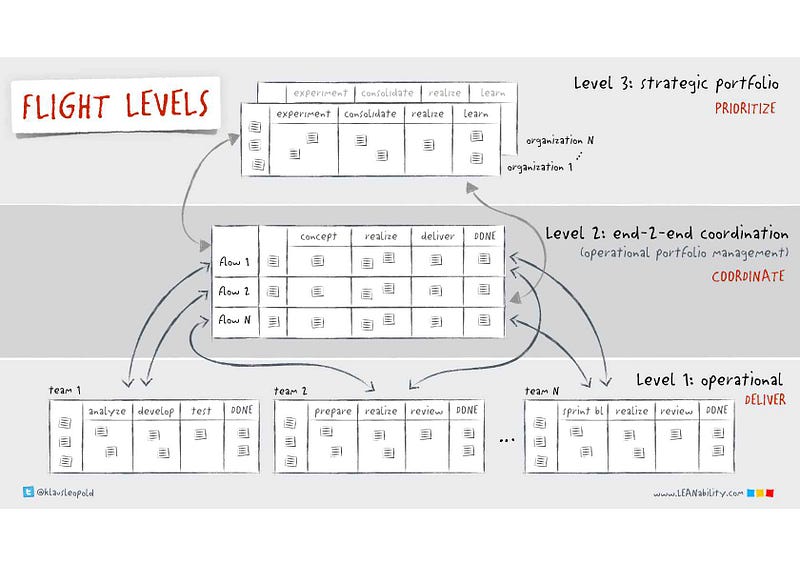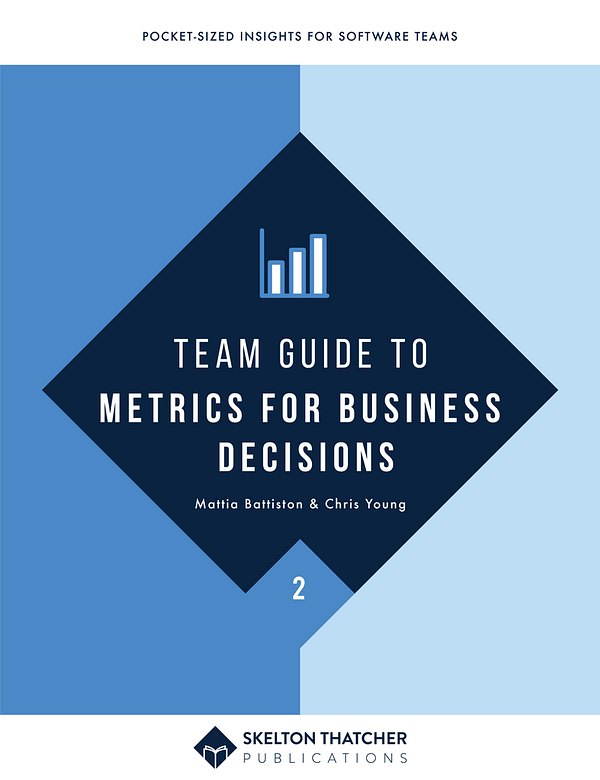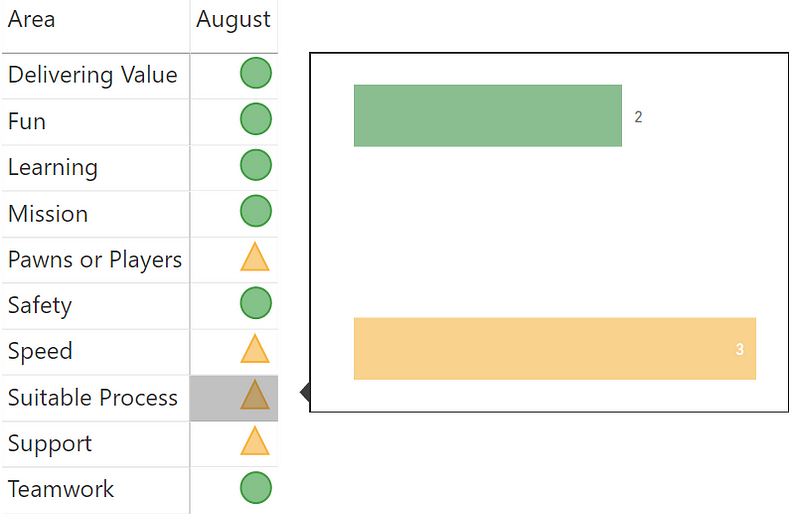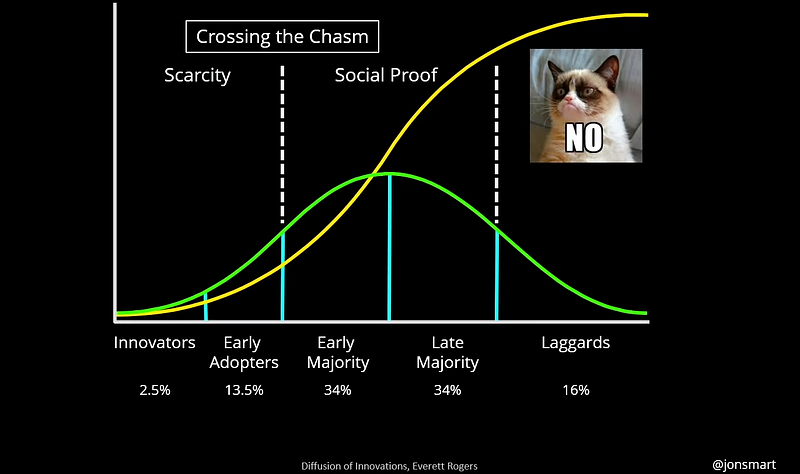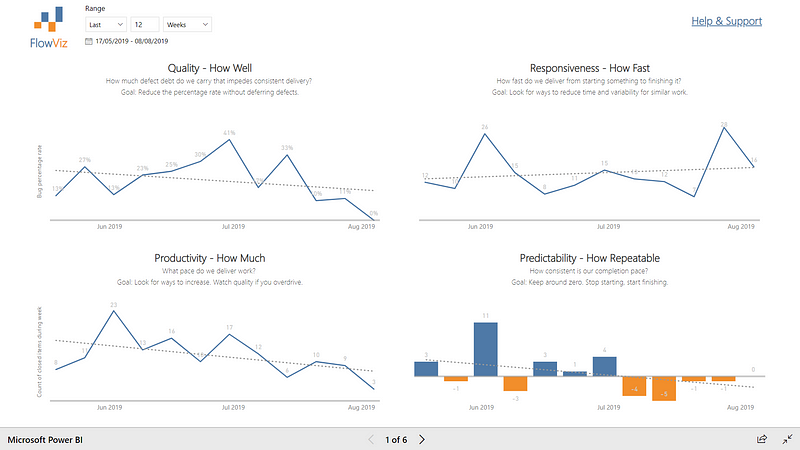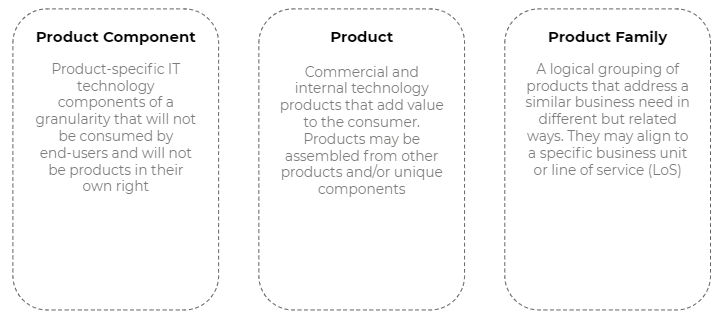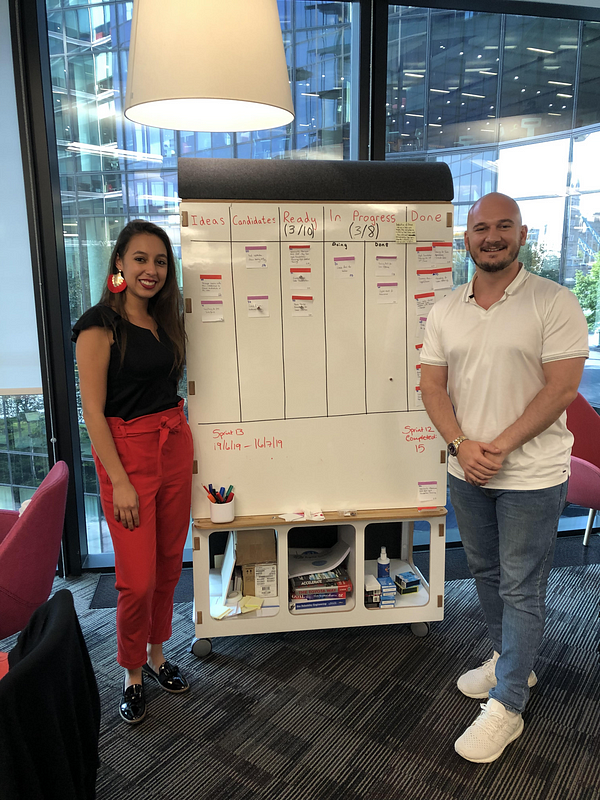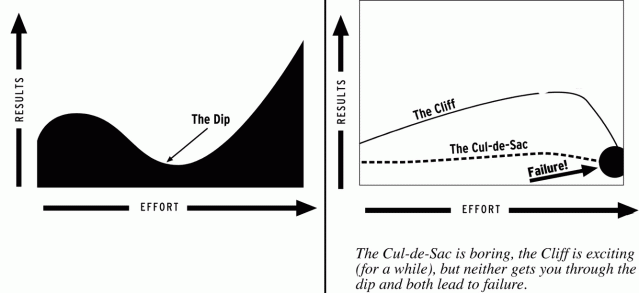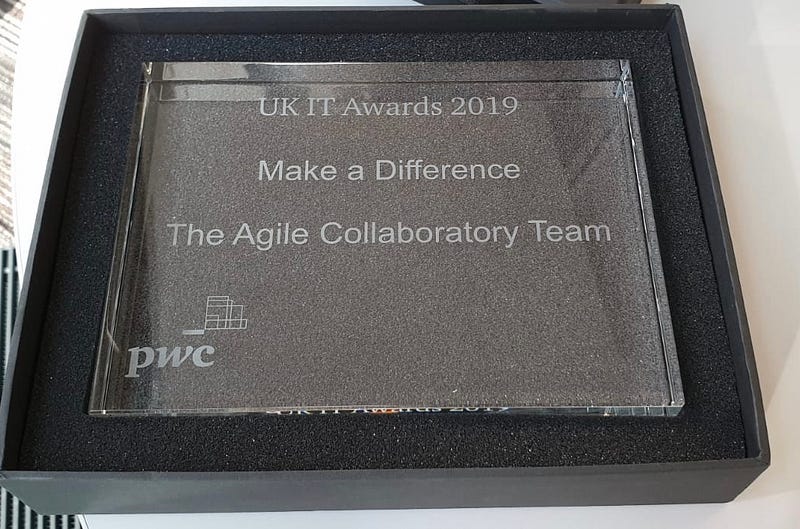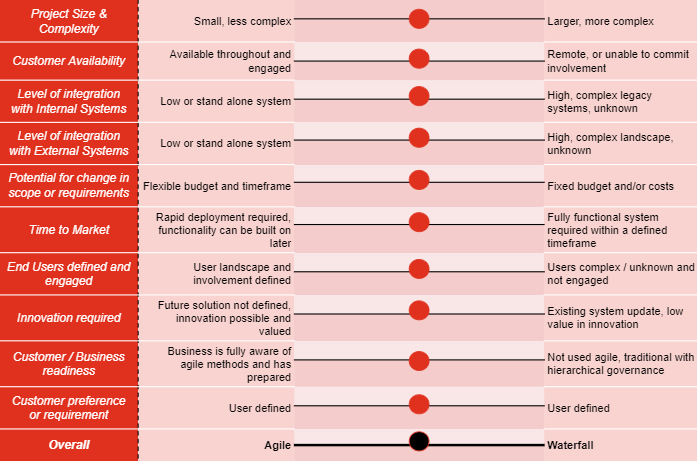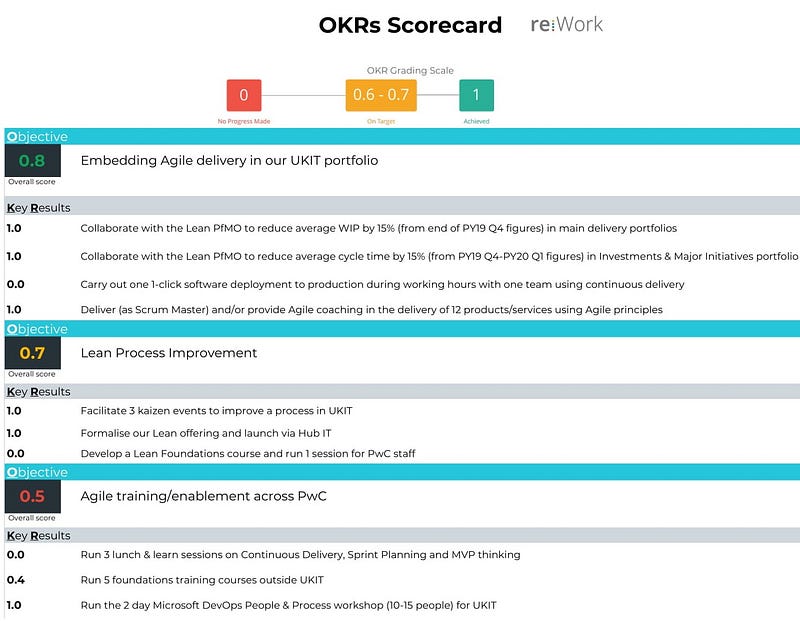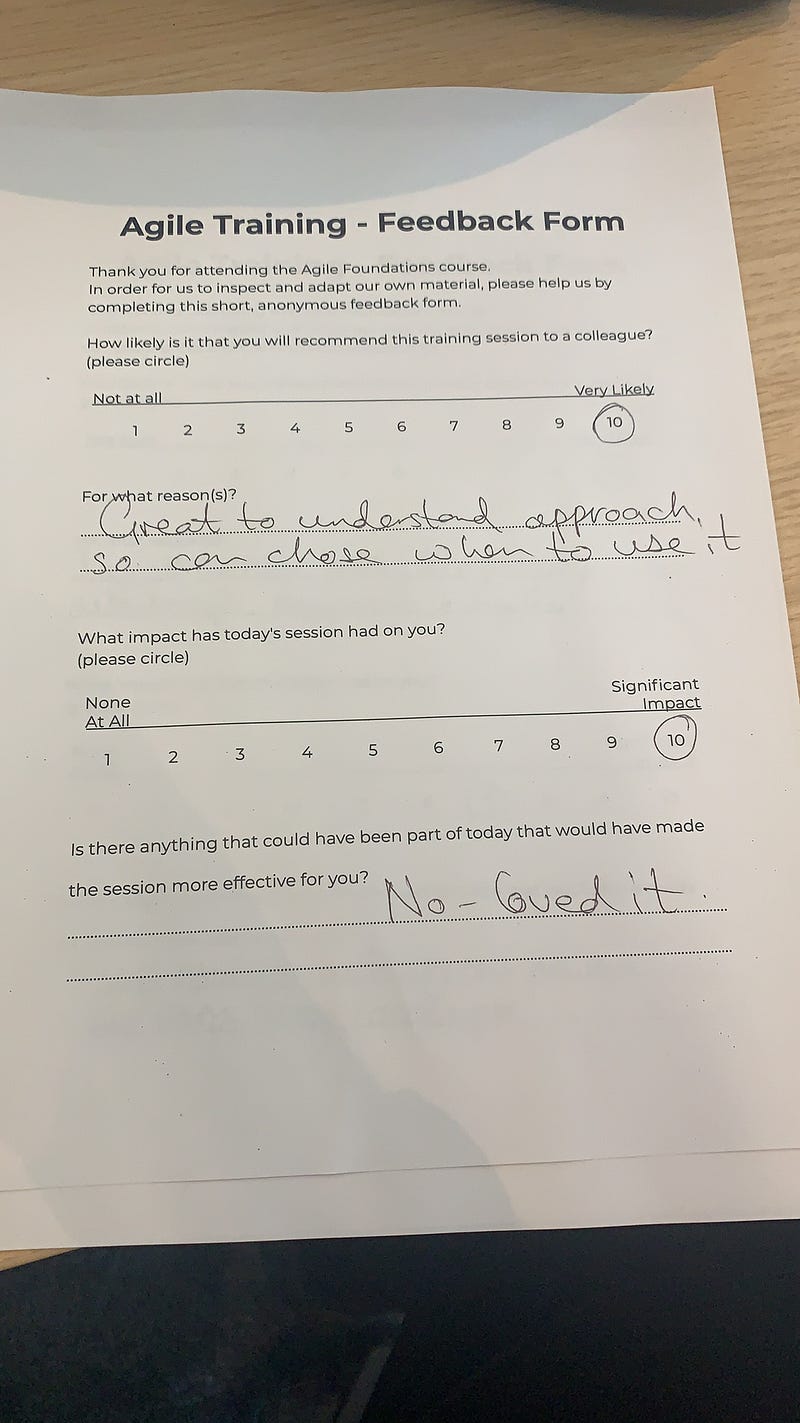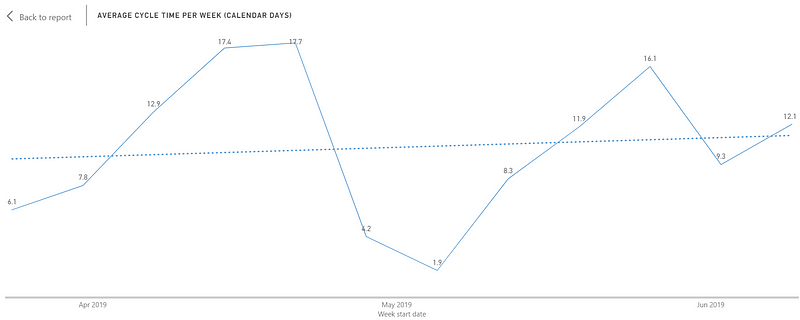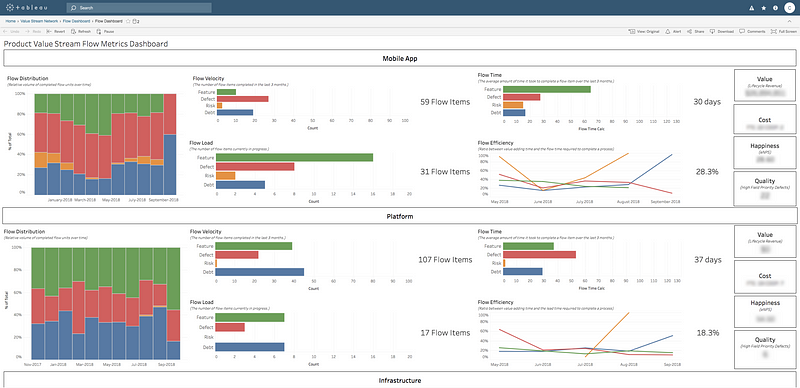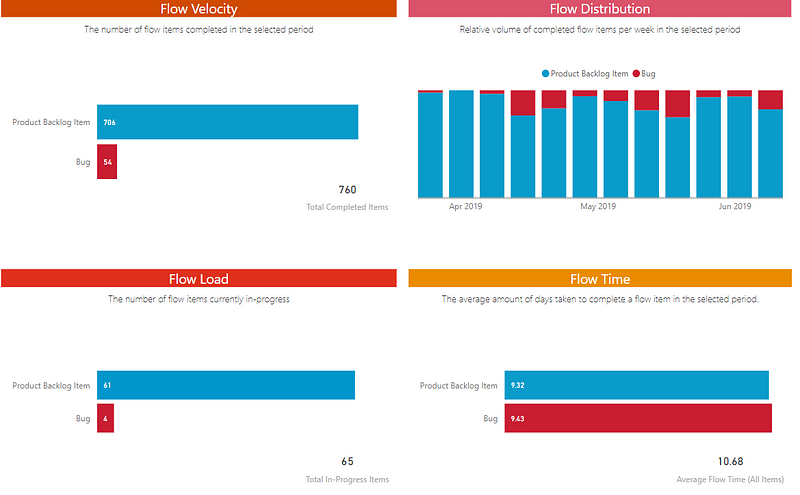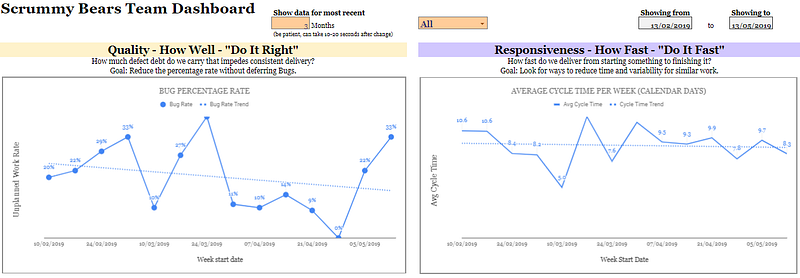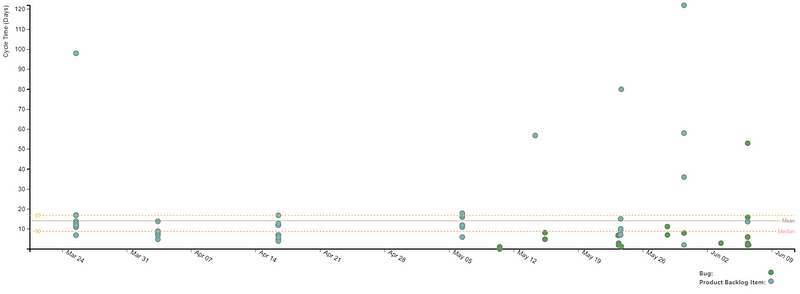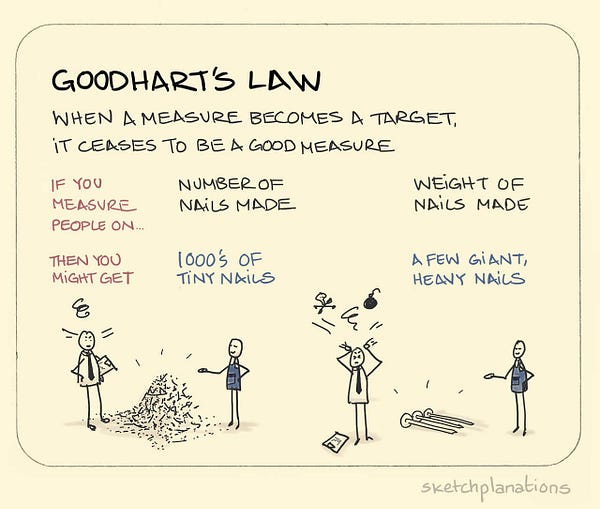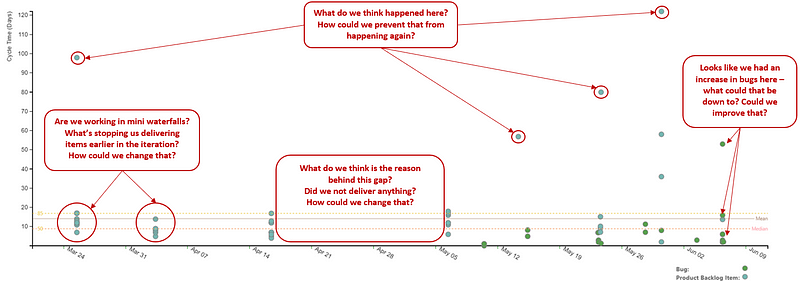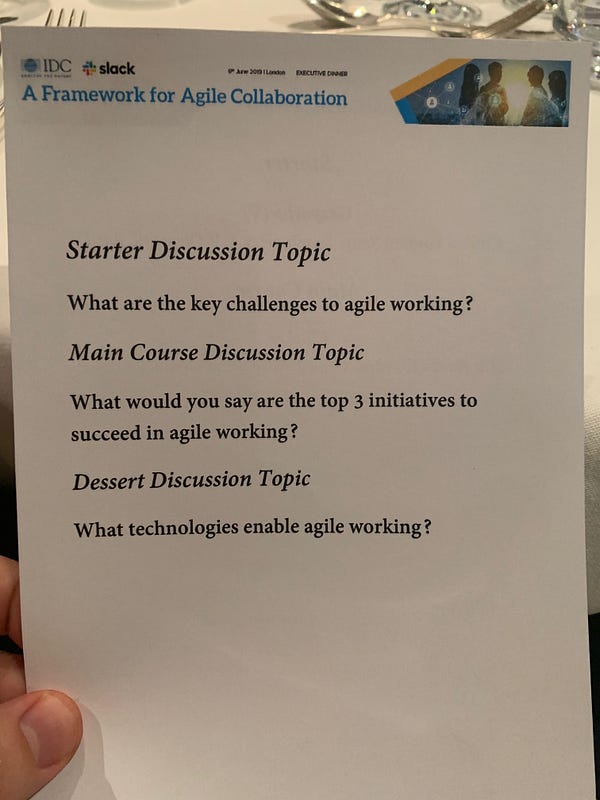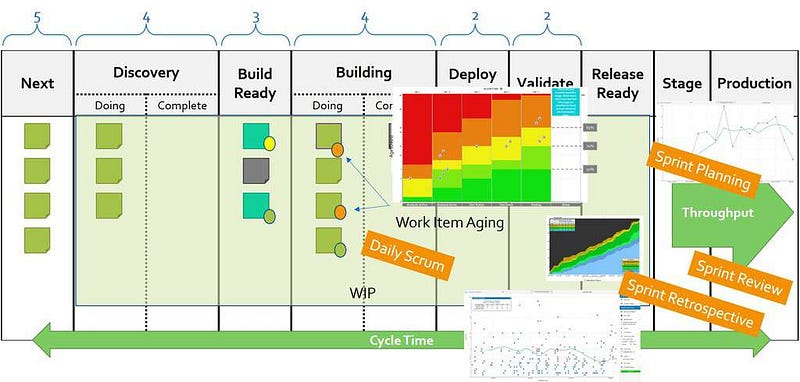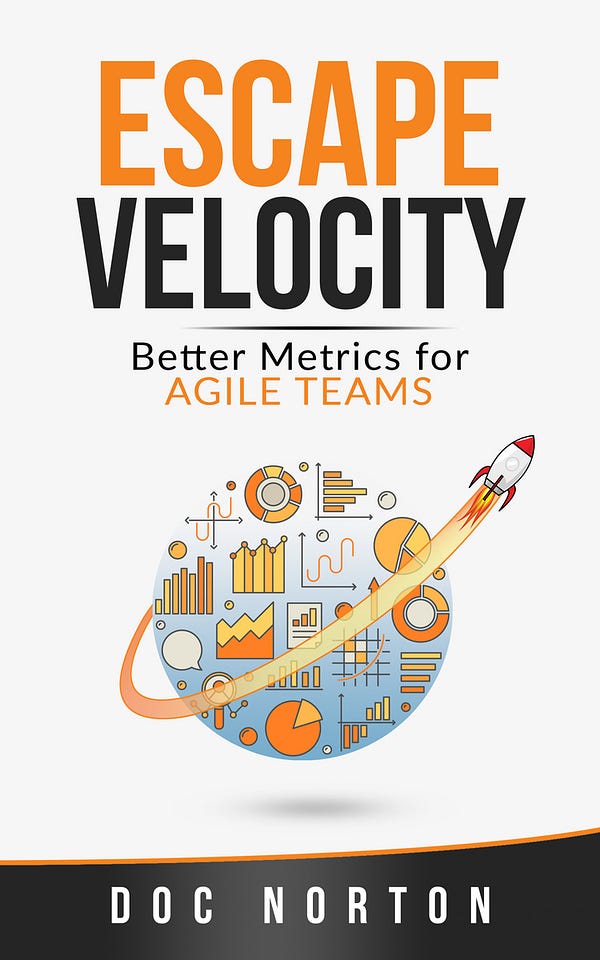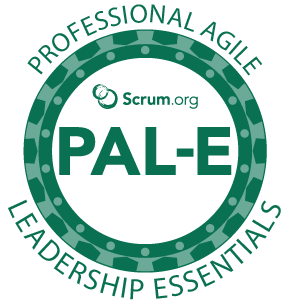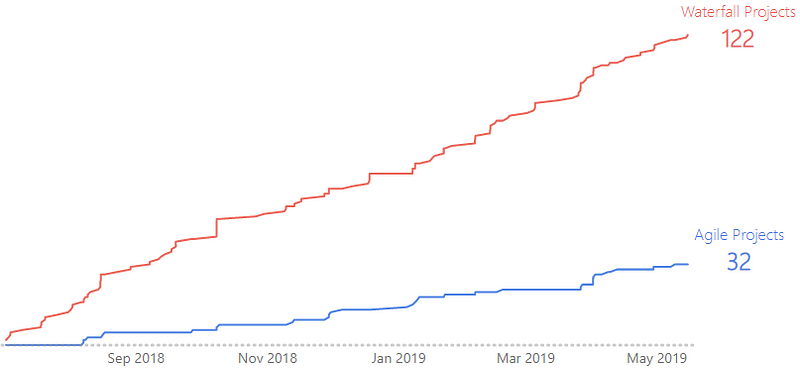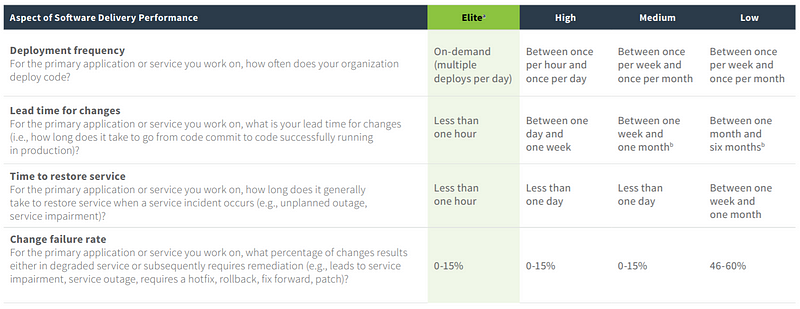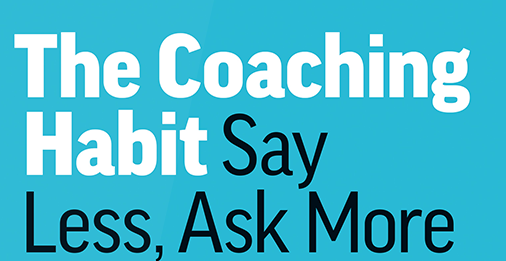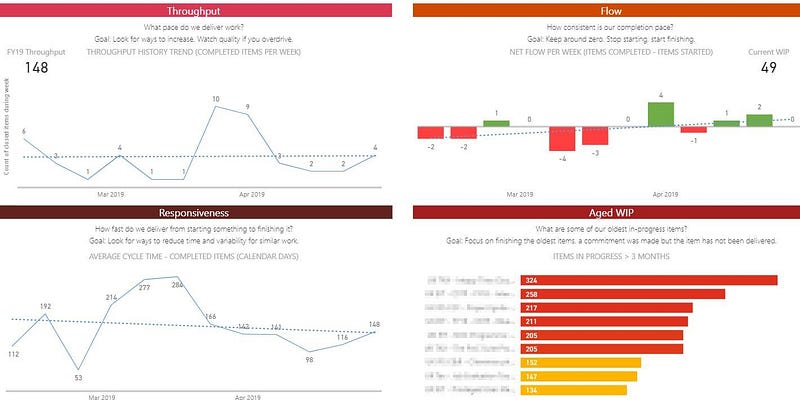Back to training
It was back to training this week, as myself and Stefano ran another of our Agile Foundations sessions for people across the firm. It was also Stefano’s first time delivering the course, so a good experience for him. We had an interesting attendee who gave us “a fact for you all, agile is actually a framework” in the introduction which did make me chuckle and also made things a little awkward 10 minutes later for our Agile is a mindset slide:

We also had a number of our new graduates attend, which was good to meet them all and not have to deal with quite so many “but in waterfall” or “how would you do this (insert random project) in an Agile way” type questions. They also got pretty close to building everything in our Lego4Scrum simulation which would have been a first, had it not been for a harsh business stakeholder attending their sprint reviews! There were a couple times they got lost when doing the retro and misunderstanding its purpose, which was hard to not interject and correct it. Feedback was they would have preferred being steered the right way (as we let it play out), so good learning if that happens again.
BXT Jam

On Wednesday night myself and Andy ran a session in the evening as part of a BXT Jam.
BXT (Business, eXperience, Technology) is all about modern ways of working and helping our clients start and sustain on that journey. It has four guiding principles of:
1. Include diverse perspectives
2. Take a human centred approach
3. Work iteratively and collaboratively
4. Be bold
Our session was mainly centered on understanding Agile at its core, really focusing on mindset, values and principles as opposed to any particular practices. We looked at the manifesto, some empirical research supporting Agile (using DORA) and played the Ball Point Game with attendees. We took a little bit of a risk as it was the first time we’d run the game, but given it’s a pretty easy one to facilitate there thankfully weren’t any issues.
Andy handled some particularly interesting questions well (“how are we supposed to collaborate with the customer without signing a contract?”) and I think the attendees left with a better understanding of what Agile at its core is all about. We’ve already been approached to hold a similar session for our Sales and Marketing team in October, so hoping this can lead to lots more opportunities to collaborate with the BXT team and wider firm. Special thank you has to go to Gurdeep Kang for setting up the opportunity and connecting us with the BXT team.
Next Week
Next week I’m heading to Birmingham to run a couple workshops with Senior Managers in our Tax teams, helping them understand Agile and start to apply it to a large, uncertain programme of change they are undertaking. We’ll also be holding a sprint review with one of our vendors centered on new ways of working, looking at how some of our pilot teams are getting on and learning from their feedback.
